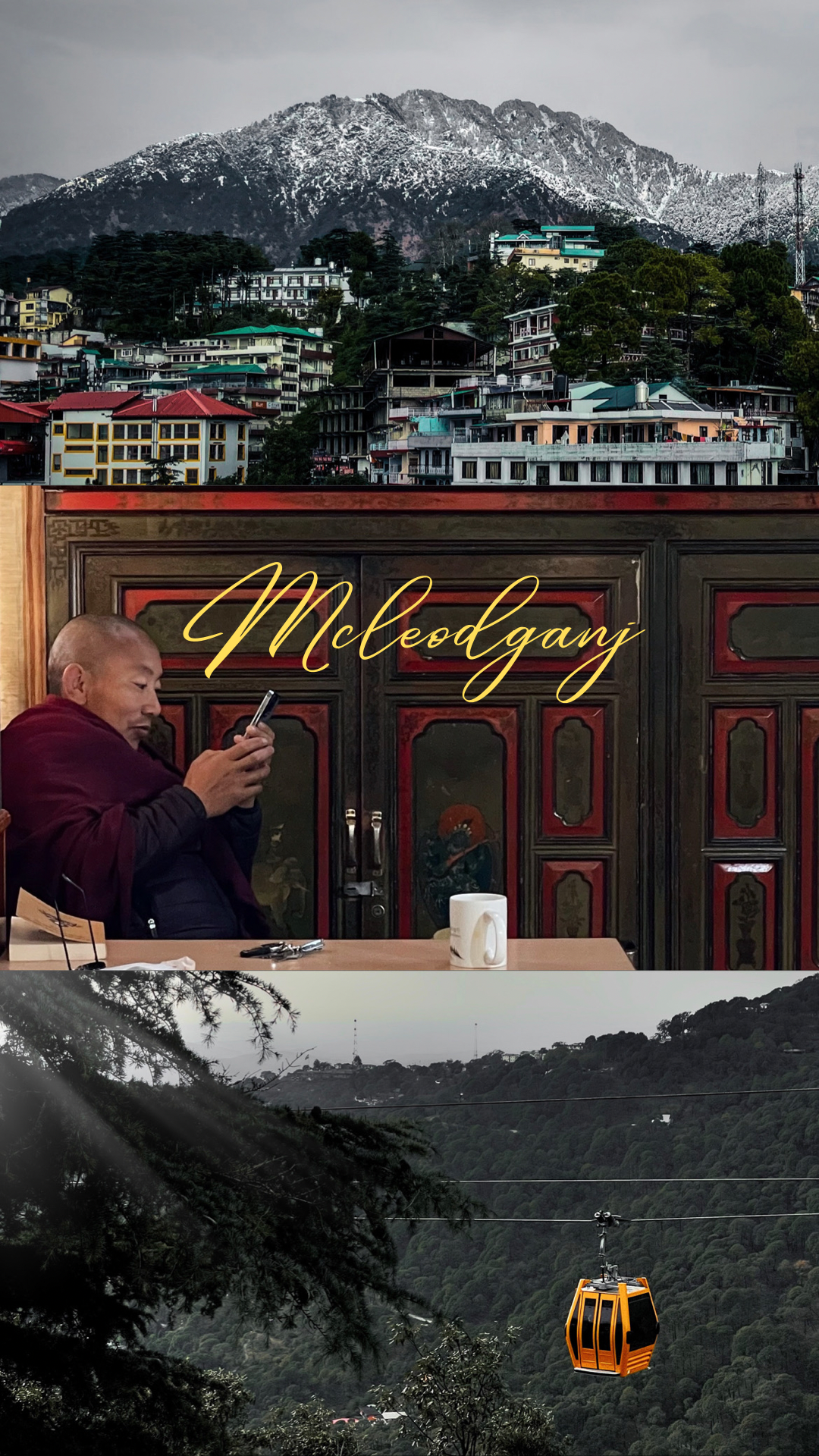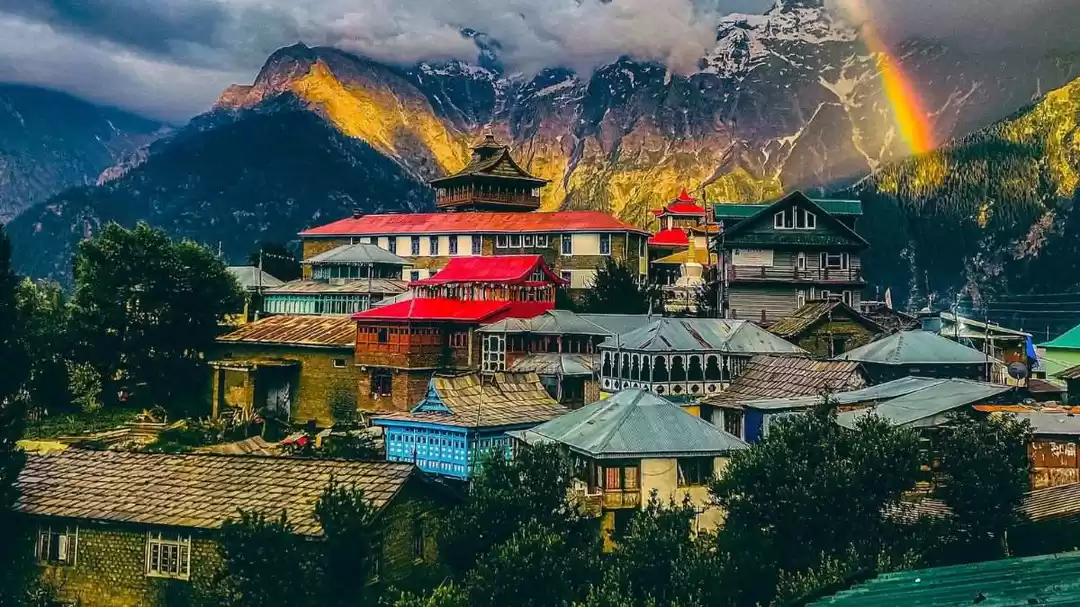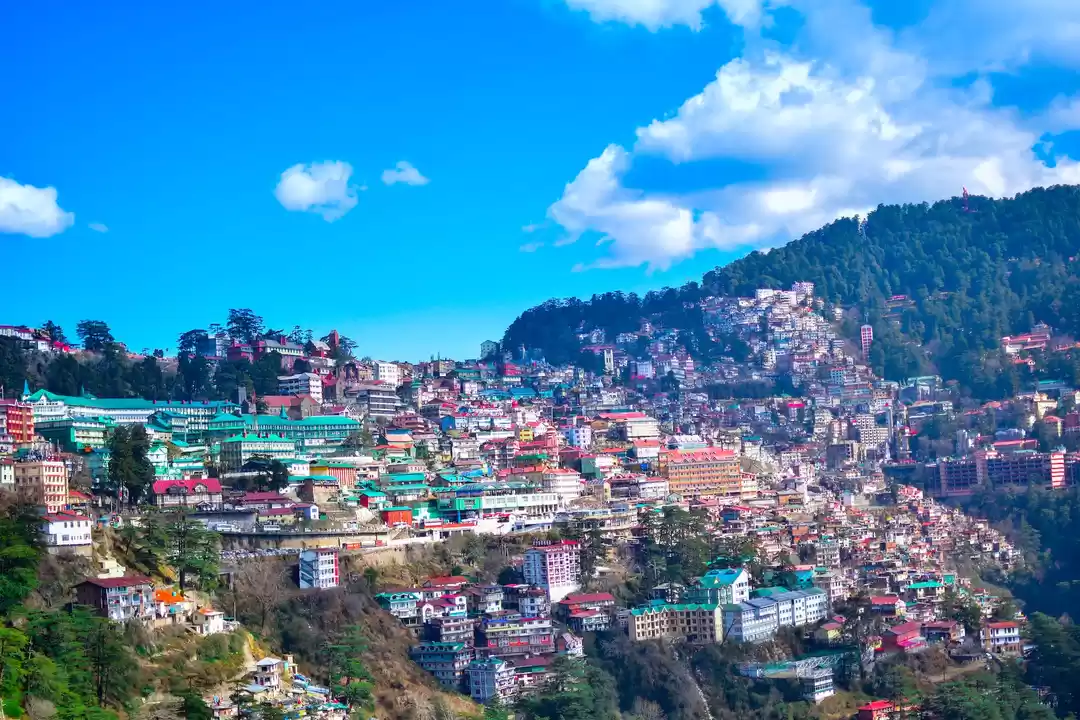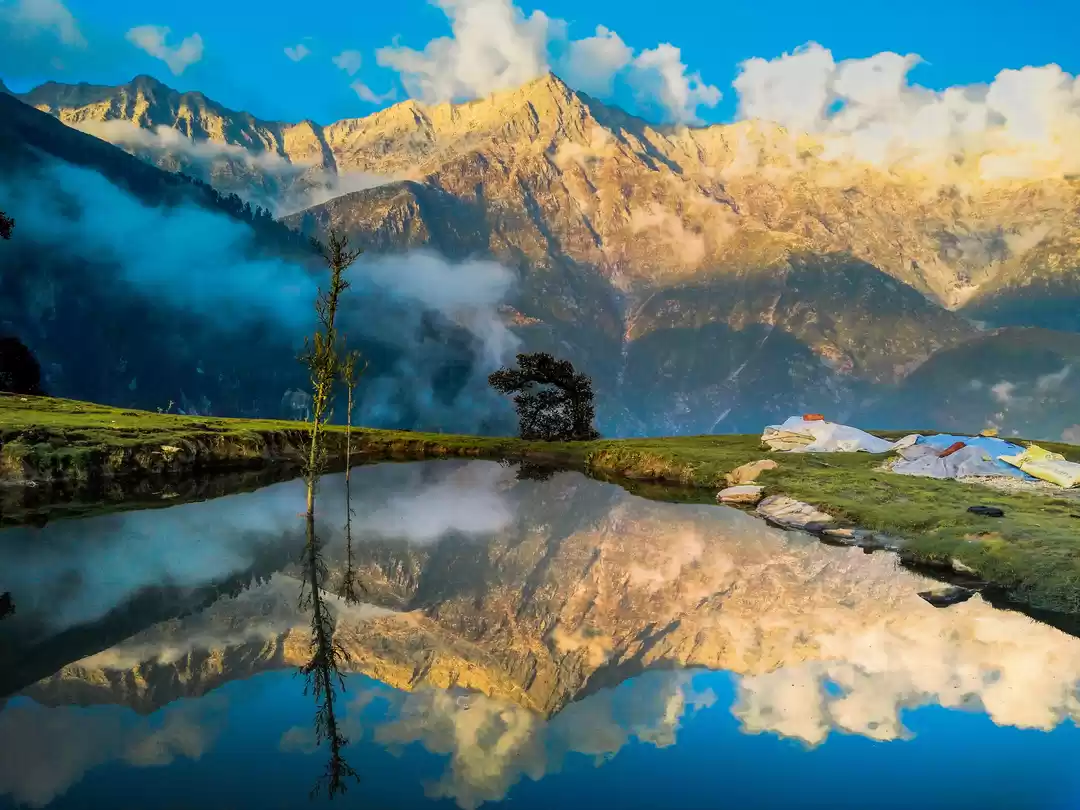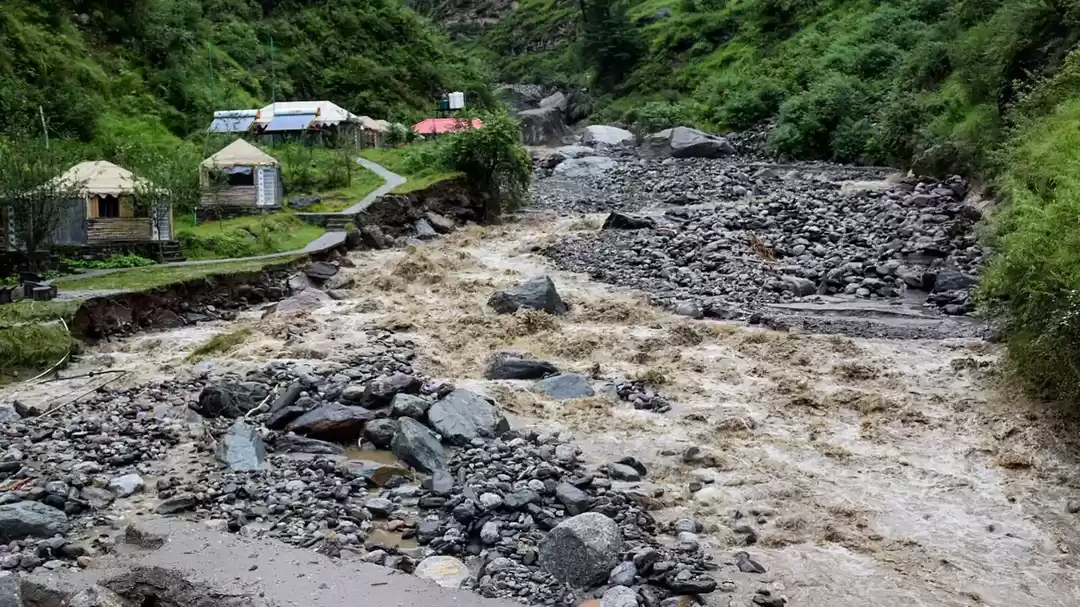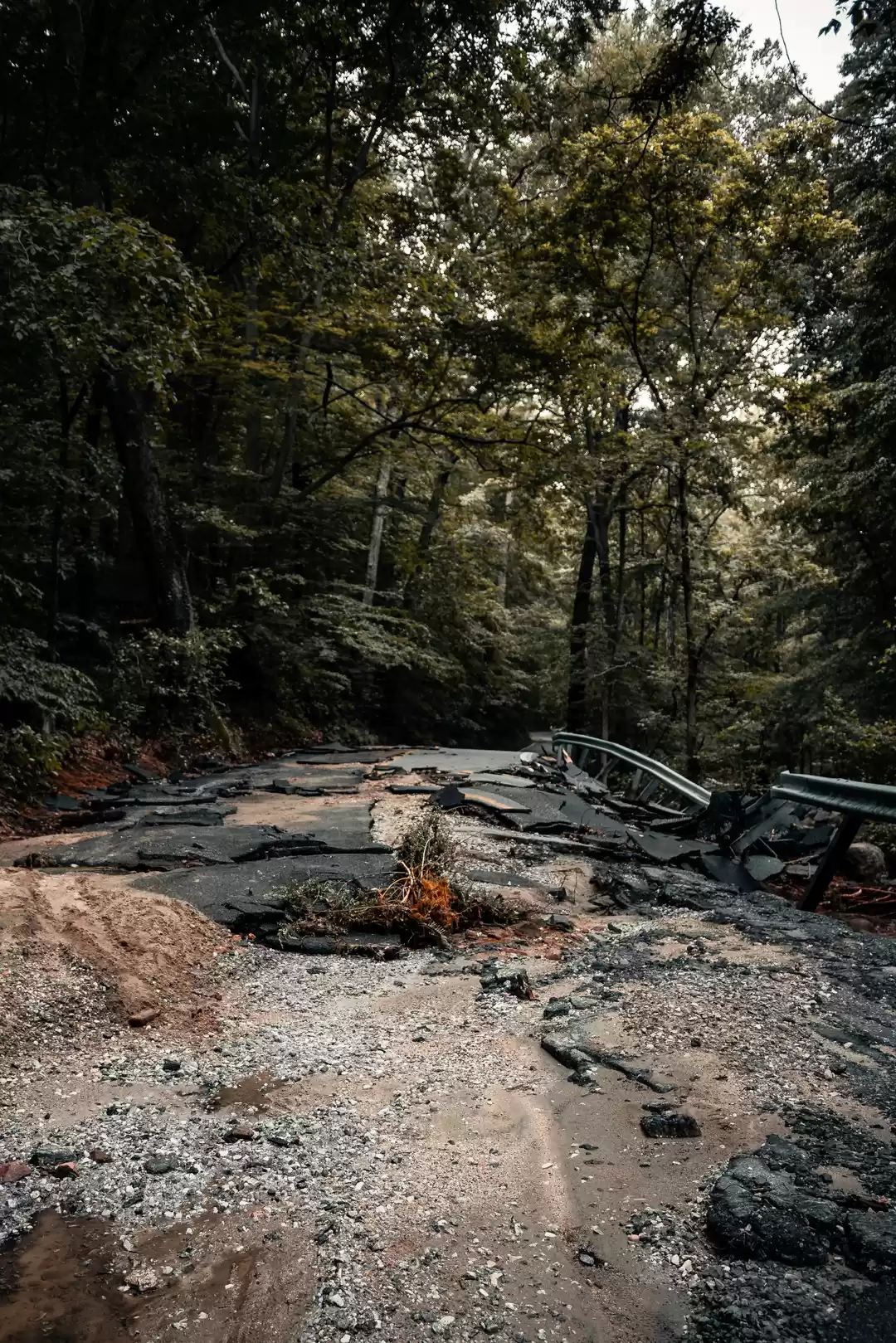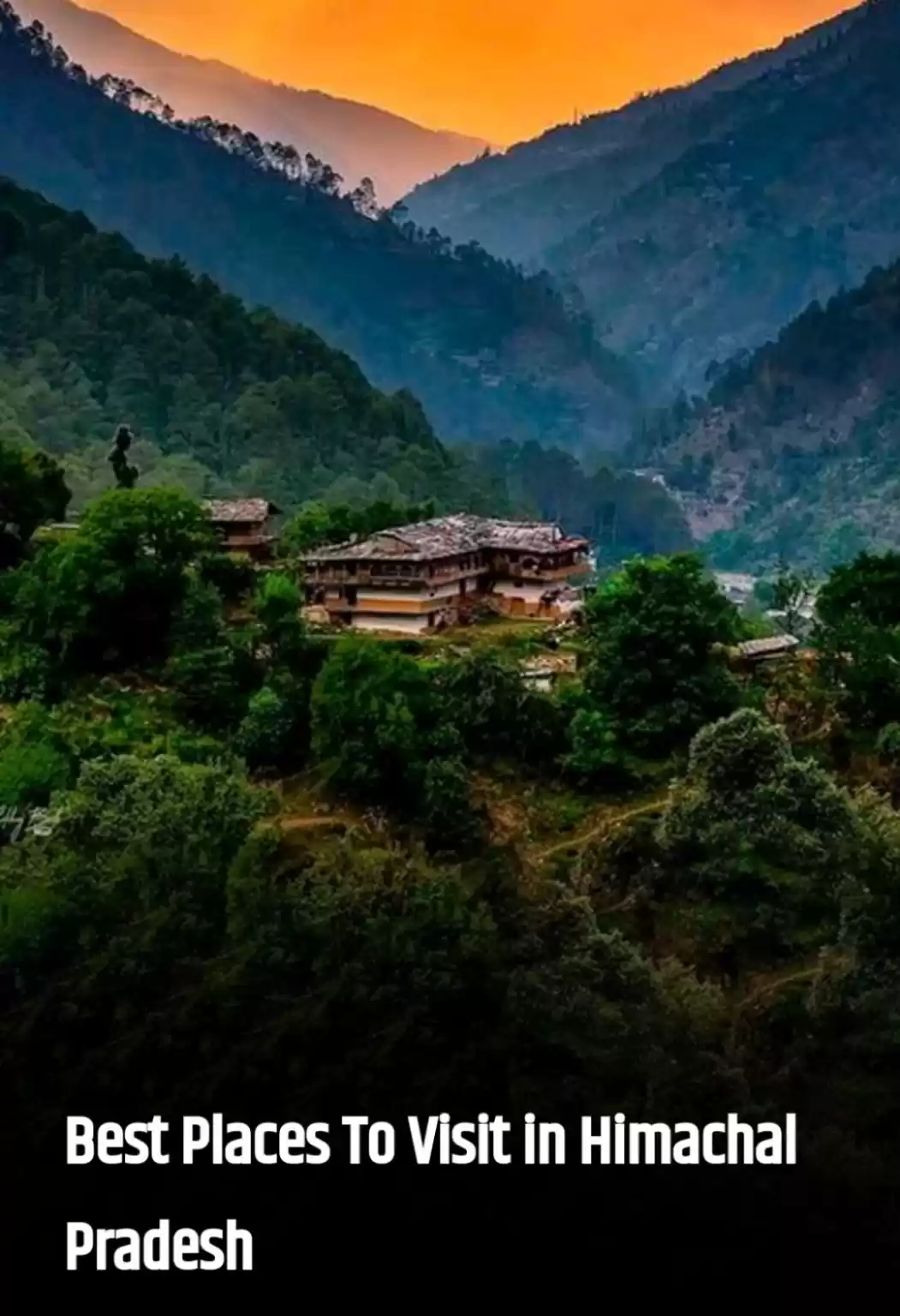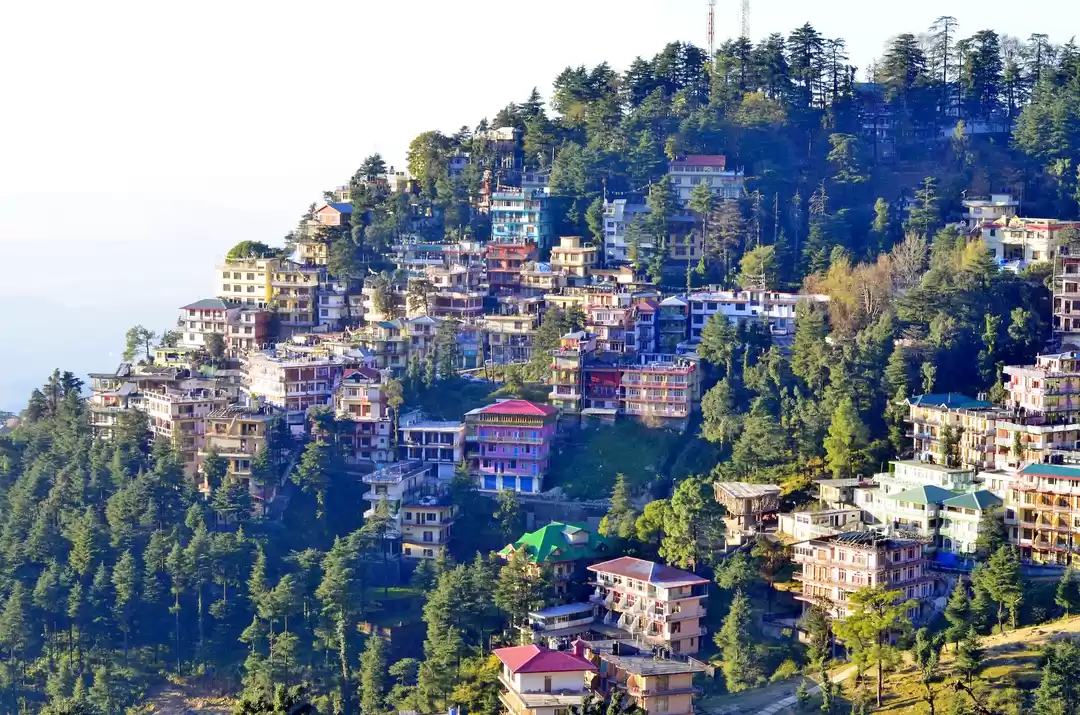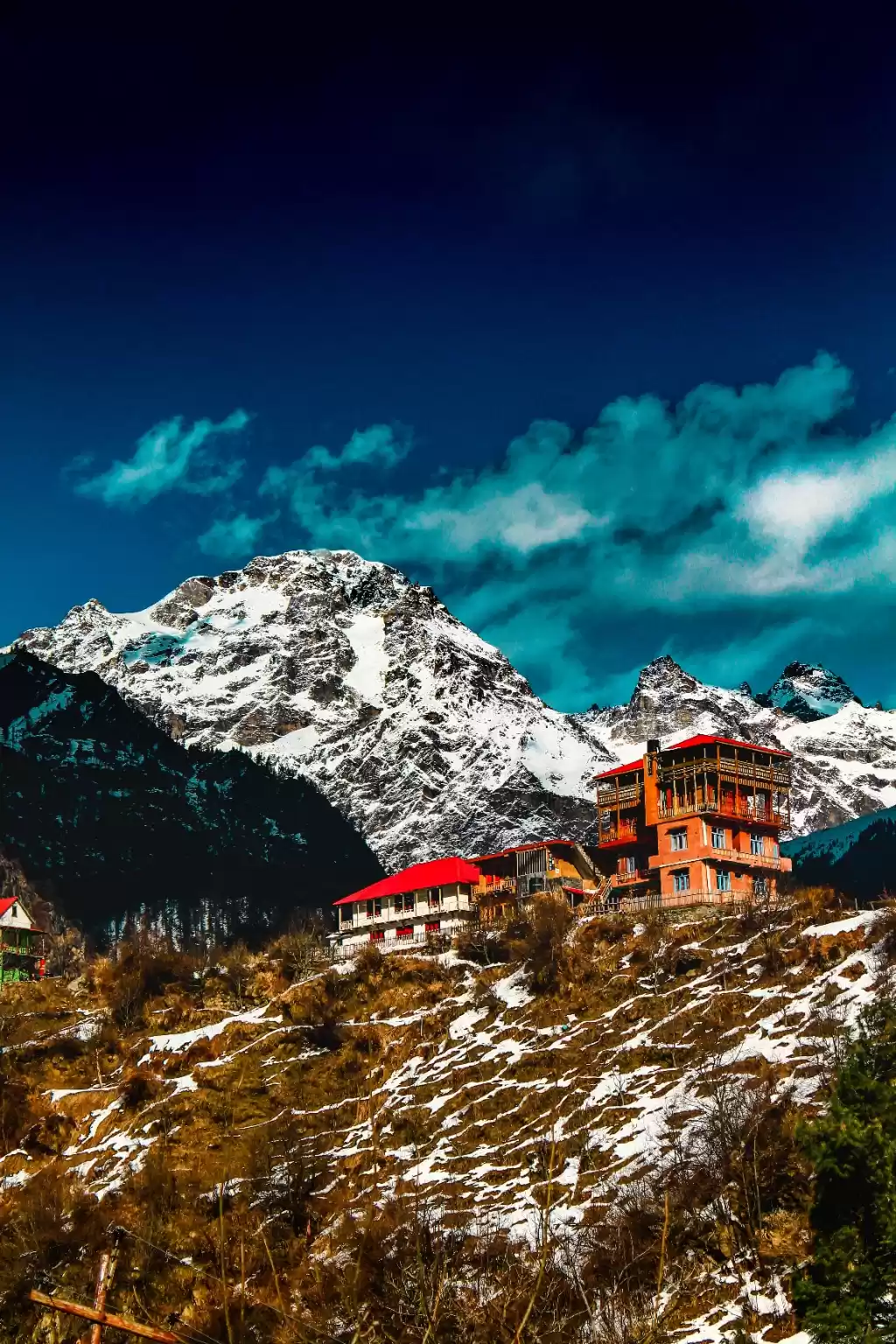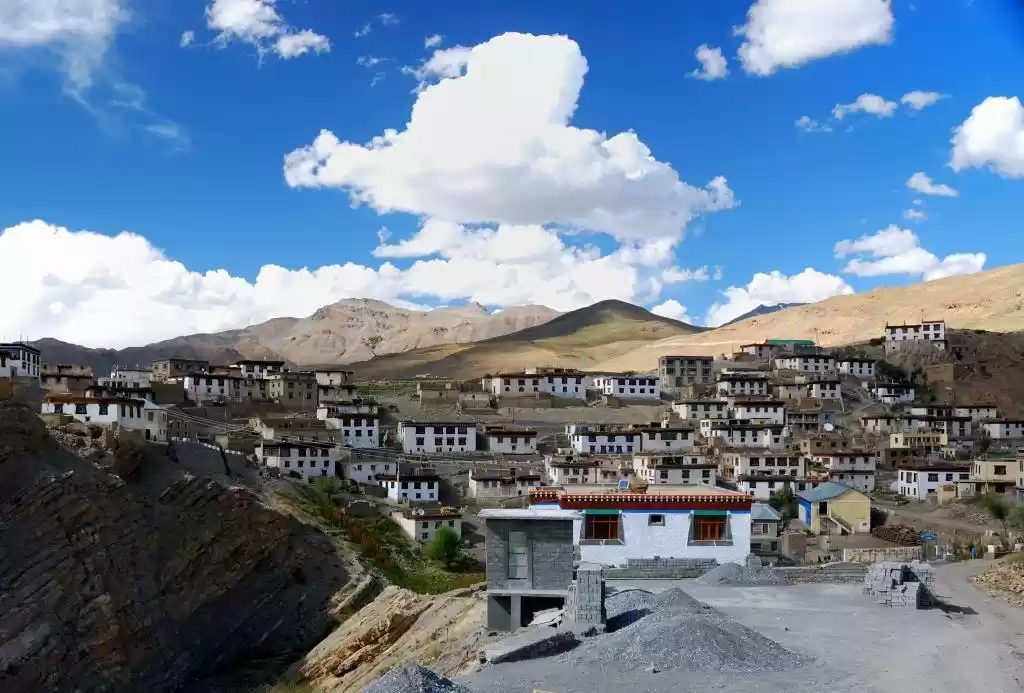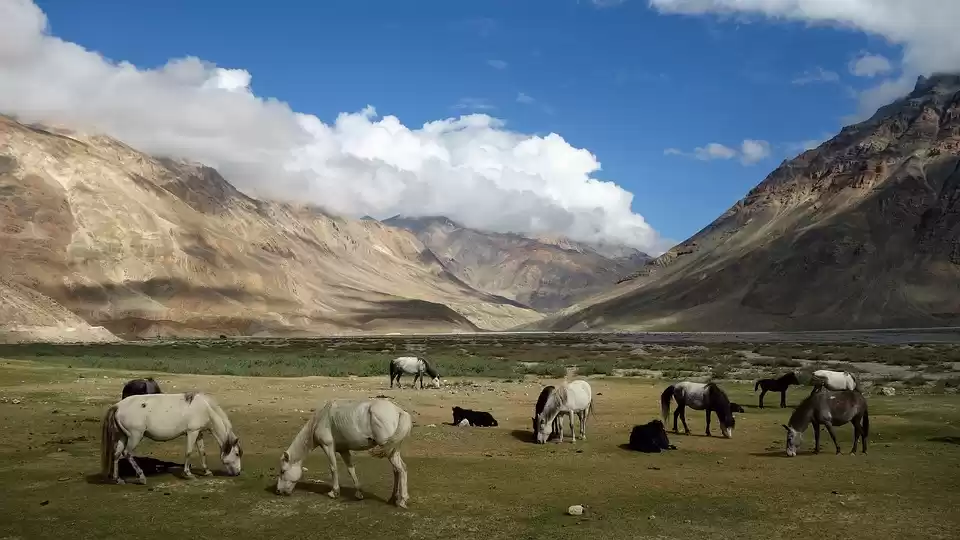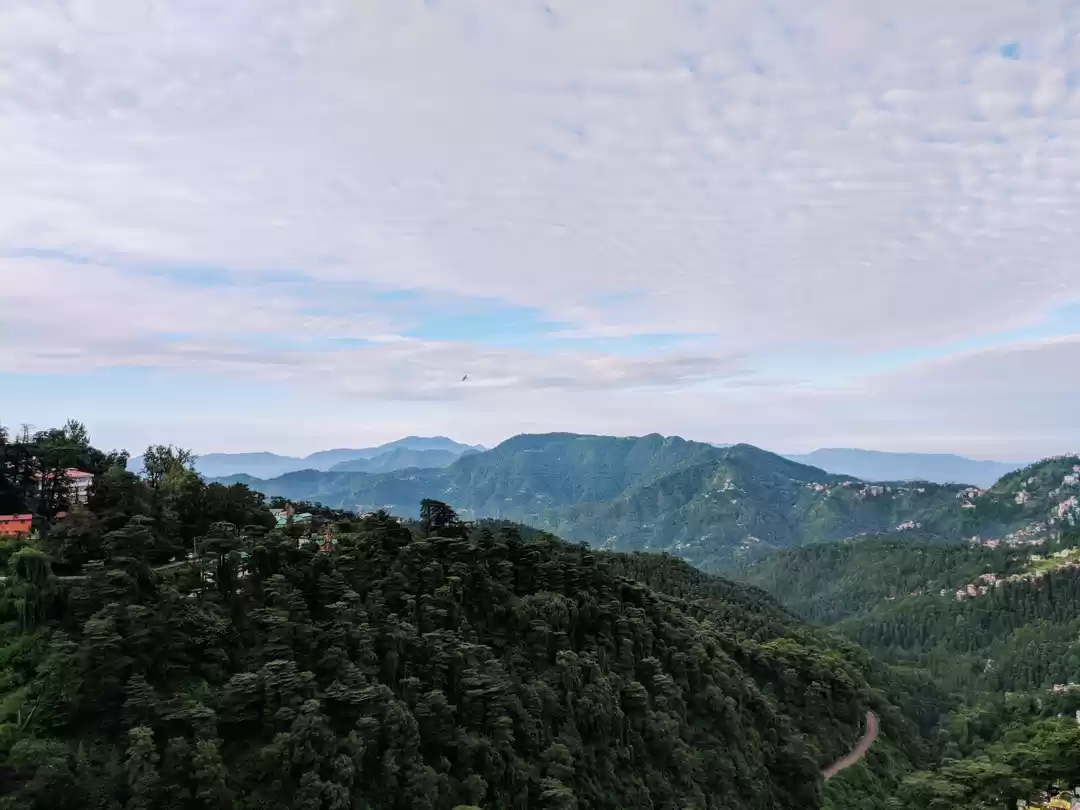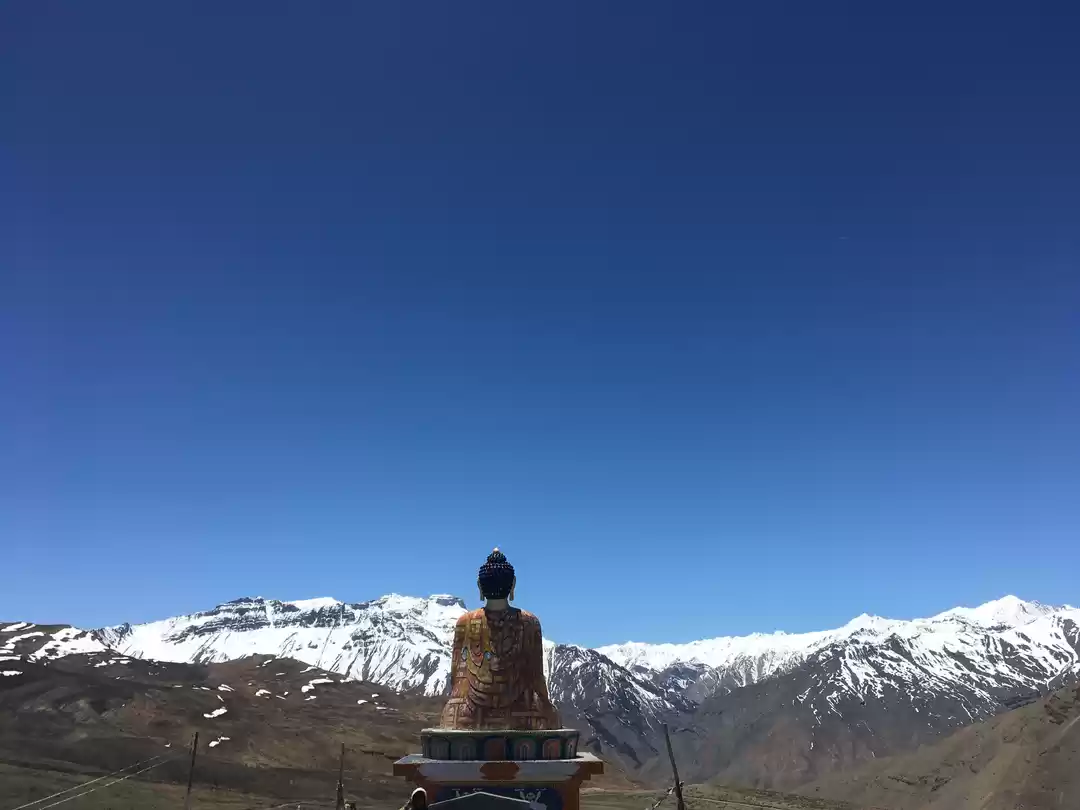A recent trip to Spiti gave me an opportunity to visit a bunch of Buddhist monasteries and each monastery I visited was a unique trip unto itself. But I noticed a common denominator in these distinct monasteries; their deteriorated state. Monasteries in Spiti are more than 1000 years old and it's only natural for them to damage. But what is being done to save these monasteries from the ravages of time? Besides, is time the only factor that's marring Spiti's monasteries?
Monasteries or gompas as they are called, are a huge part of Spiti's cultural identity and they hold items such as wall paintings, manuscripts and statues that are of great archaeological value. Moreover, these monasteries are where monks and nuns reside. There are several challenges that these monasteries are facing in terms of conservation and they mustn't be overlooked.
Rampant tourism has done more harm than good in most places and Spiti isn't any different. Monasteries were built strategically and away from civilization, either on top or slope of a hill or in a village. However, an influx of tourism has led to construction of drivable roads which not only leaves room for vehicular pollution but also directly disturbs the natural geological setup and adds to the gradual damage of these ancient structures.
On my visit to Tabo Monastery, I witnessed people touching the wall paintings despite the head Lama instructing them otherwise before. A lot of ignorant tourists fiddle with important artifacts and it's not very hard to imagine theft taking place at these sacred places.
But tourists are not the only ones to be blamed. Certain religious practices by monks also contribute to the deterioration of monasteries. For instance, burning of oil lamps leave soot deposits on wall paintings and edible religious offerings attract rodents and insects who may trample on the artifacts. Adopting modern architectural practices can also negatively impact the conservation of monasteries.
Conservationists and independent organizations have helped restore several monasteries in the past. However, the help that Spiti's monasteries receive is usually sporadic and mostly by foreign organizations. Little help has been given by the government.
While some conservation interventions have proved to be fruitful, others have created feelings of mistrust among the locals. An ASI led conservation of Tabo Monastery made the locals unhappy with the work. It is therefore necessary to take into account the feelings of the local community before intervening.
To conclude, conservation interventions at monasteries should be regular and after understanding the concerns of the locals. Moreover, awareness programs should take place to help locals understand about the intervention. And lastly, government should step in more to help preserve the monastic heritage of Spiti.
Do you have a similar story to share? Write about it on Tripoto.
Also, subscribe to Tripoto's YouTube channel for regular travel inspiration.
Frequent Searches Leading To This Page:-
spiti valley monastery stay, spiti monastery stay













